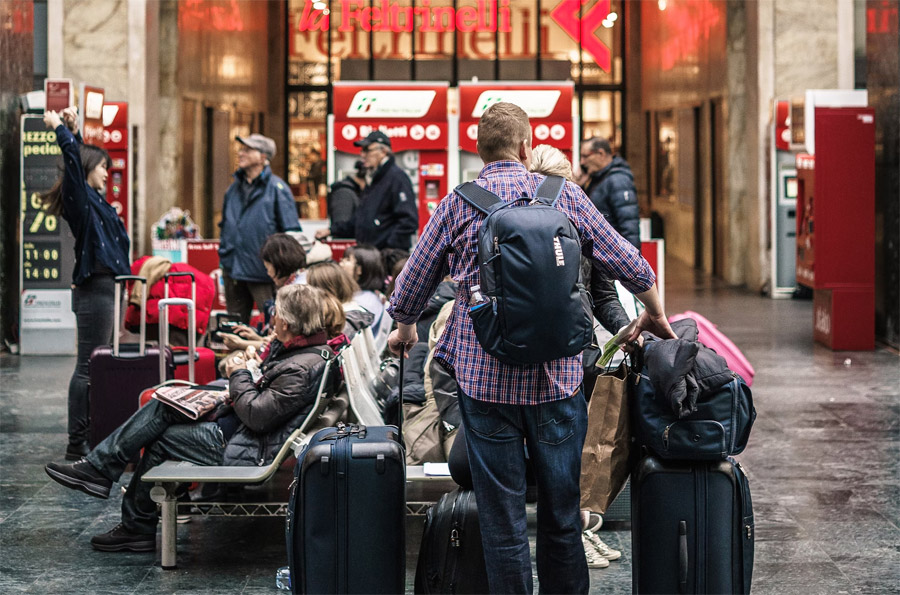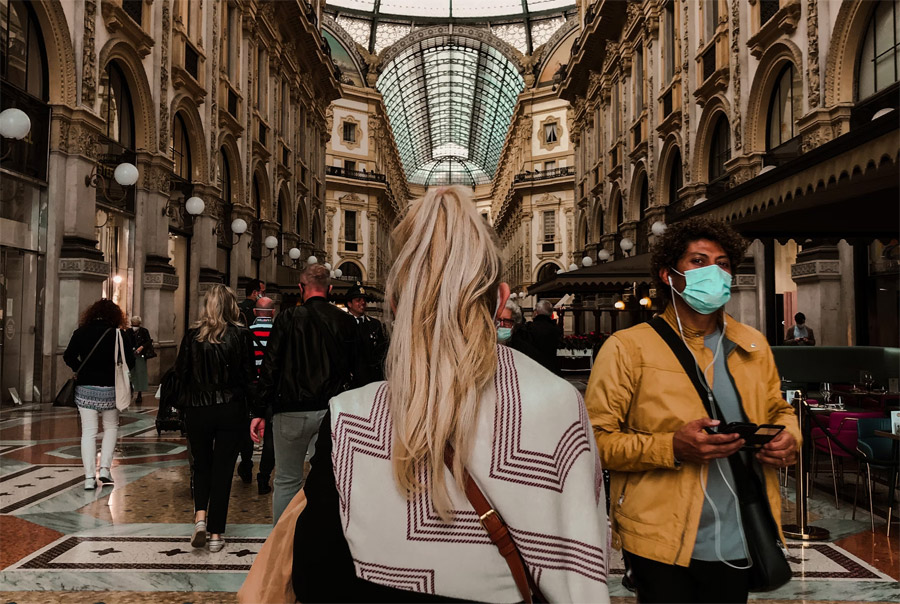For centuries, Italy has captivated travelers with its deep history, cultural traits, and natural beauty. Whether it is the rolling hills of Tuscany, the ancient ruins of Rome, the snow-capped peaks of the Dolomites, or the sun-kissed beaches of Sardinia, the country offers an endless array of experiences to explore. Besides the natural surroundings, Italy is also known for its rich tapestry of art, literature, architecture, fashion, and music. It is the same reason why the country’s legendary artists, such as Leonardo da Vinci and Michelangelo, are still remembered to this day. And cities such as Venice, Florence, Rome, and Pompeii deserve credit for showcasing the world with their extravagant planning and architecture.
In addition to that, Italians are well-known for their warm hospitality and passion for life and food, which is the primary reason why Italian dishes are touted for their freshness, simplicity, and utmost flavor. Whether it is a hearty dish of pasta or a bowl of spaghetti and meatballs, your taste buds will surely be tantalized when you take a bite. So, if a visit to Italy is on your cards and you want to know the way to obtain VAT (Value Added Tax) refunds, especially if you end up buying any item for personal use, then our in-depth guide can be a money-saver.
What are the Steps to Claim Refund

According to the Italian customs laws and regulations, EU (European Union) non-resident travelers can enjoy the eligibility of obtaining VAT relief or refund for goods that are purchased in Italy and that are solely intended for personal or family use. It should be known that this relief is only for goods and not for services that are supplied by hotels, restaurants, taxi agencies, etc. The ability to obtain a refund on the VAT paid by a tourist is a major advantage because it allows foreign travelers to save a minimum of 4 per cent up to a maximum of 22 per cent of the total selling price of the goods that are purchased.
To obtain VAT relief or refund, the purchased goods must be showcased at the customs office during your departure from the country. And if you intend to carry them with you on air, then you must visit the customs office to declare them before checking in your baggage. The customs office will first ascertain whether all the requirements are met, and if that is the case, then the relevant authorities will endorse the invoice. Endorsement of the invoice for the purchased goods is necessary because such an action proves that the goods have effectively left EU territory. And there are two ways in which the aforementioned refund can be legally obtained. Steps for each of the processes have been provided below.
Claiming Refund at the Airport
- Start your journey by heading over to the customs exit section of the airport from which you are slated to depart from the country of Italy.
- Present your purchased goods along with their respective invoices to the customs authorities.
- The customs authorities will verify the requirements for a VAT refund, and if the goods qualify for the same, then their invoices will be endorsed by the customs authorities.
- Once the endorsement is complete, the seller or retailer from which you made the purchase will be able to refund you the requisite VAT paid.
Claiming Refund by Sending as Accompanied Luggage
- If the item that you have purchased is bulky or heavy to be carried in personal luggage during departure, then you (as an EU non-resident traveler) can ship the item directly to your foreign address as ‘not accompanied baggage’.
- The customs authorities will verify the item that is being transported as ‘personal goods.’
- The goods will then be shipped directly by the airline and not by the traveler or tourist and will be subject to an air-freight agreement known as an AWB (Air Way Bill).
- Once the invoice at the customs exit is endorsed, you will be eligible to obtain the VAT refund.
Please note that an endorsement will only be complete if the description of the goods in the AWB is the same as written in the invoice issued by the seller and the name of the consignor corresponds to that of the consignee. Also, the identification papers (passport or any other equivalent document) of the traveler match those provided by the seller.
Here are the Requirements
EU non-resident tourists or travelers who are looking to take advantage of the VAT refund process must satisfy all of the following requirements, set forth by the Italian legislation: the value of the goods that are purchased and stated in the invoice should be more than 154.94 euros (including VAT); the goods should be for personal or family use; the invoice of the goods should bear the data of the passport or any other equivalent document for proving that the traveler has residency outside of the EU; and the goods purchased should leave the EU territory by the third month following the date of issue of the invoice (as proven by the ‘customs stamp’).
Additionally, since September 1, 2018, any tax-free invoice in Italy must be electronically transmitted by the national seller to the OTELLO information system, and the validation of such an invoice would be carried out by the Italian customs authorities at border exit points (via sea or air). Once the invoice is validated and the ‘customs stamp’ is obtained, OTELLO will send a message to the seller or retailer that all of the requirements are met, and the seller will reimburse the amount to settle the tax relief with the traveler. Also, keep in mind that in any case, if the invoice is stamped by other EU countries, it must be presented to the retailer or seller by the fourth month from the date of purchase by the traveler or tourist who made the purchase.

